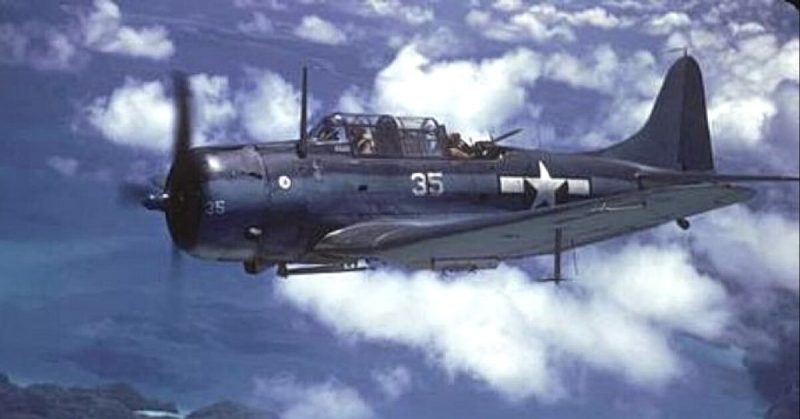During World War II, a Japanese barge carrying 8.5 tons of ammunition was sunk by US forces near the Peleliu Channel in the Republic of Palau. Workers from Cleared Ground Demining (CGD) found 167 of the 200mm shells on the sunken barge. Many of those projectiles were leaking dangerous chemicals into the water near the Teluleu Marine Conservation Area.
Palau is a chain of approximately 340 coral and volcanic islands which are located along the Kyushu-Palau Ridge in the Pacific Ocean. It is encircled by a giant barrier reef which completely surrounds the western side of the islands and is broken up on the east. It has been a sovereign state since 1994 after being a trustee of the United States under the Trust Territory of the Pacific Islands, established in 1947.
The government of New Zealand paid for CGD to clear out the explosives. The location of the wreck was a concern, not just for ecological reasons but also because the Peleliu Channel is a main point of entry to the island for food, fuel and tourists. An explosion there could have had tragic results.
According to NGO Cleared Ground, a British non-profit organization, CGD worked quickly to remove the projectiles using experienced local teams from Palau. The goal was to remove the ordnance quickly due to the likelihood of more chemicals leaking which would make for a more expensive and time-consuming task.
The crews have now completed their work which had historians excited to for the chance to study the vessel. Palau is the location of a 200mm gun on Bloody Nose Ridge. Finding a sunken barge with 200mm ammo lends credence to local accounts that the gun has never been used.
As WWII was winding down, Japan was desperate to get ammunition to their defensive positions to protect against the incoming Allied forces. They made many attempts to supply those guns with ammunition but US forces recorded many instances of destroying the barges before they could reach the island of Palau.
The battle for the island was fiercely fought from September to November of 1944. US Marines and Infantrymen fought to take an airstrip on the island for use in staging attacks that would allow the US to retake the Philippine Islands. Major General William Rupertus predicted that the US would conquer the island in four days but the Japanese defended well and the battle lasted over two months.
The casualty rate for this one battle was higher than all of the other amphibious battles in the Pacific Theater and some questioned if the island was actually worth what it cost to win it from the Japanese. Over one-third of the 1st Marines Division were killed on Palau. The 81st Infantry Division lost 3,000 men in the fighting. 11,000 Japanese were killed in defense of the island.
In the end, the island was never a factor in the attack on the Philippines. Admiral William Halsey had been concerned because Palau sat in a strategic position which would have allowed the Japanese to split the US invasion of the Pacific and maintain a position that they could reinforce and assist in the defense of the Philippines. Documents recovered from the island show that the Japanese had no intention of using the island in that manner.
So, in summation, the barge represents ammunition that was never delivered to a gun that was never fired to defend an island that was never used for the reason that it was being attacked for in the first place. The barge then sat for over 70 years, poisoning the planet and presenting a danger to all visitors to the island. Now, thanks to the work by CGD and the funding by the New Zealand government, that chapter of Palau’ history is finally closed.
